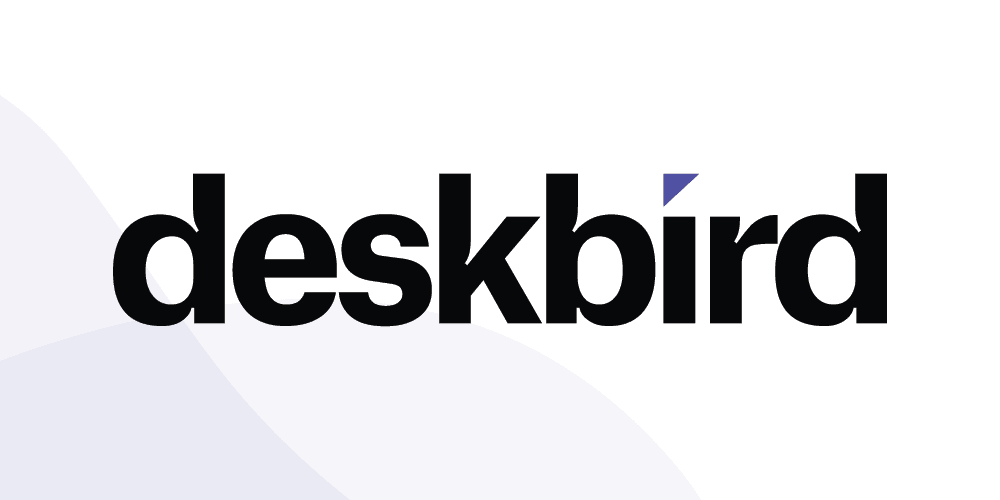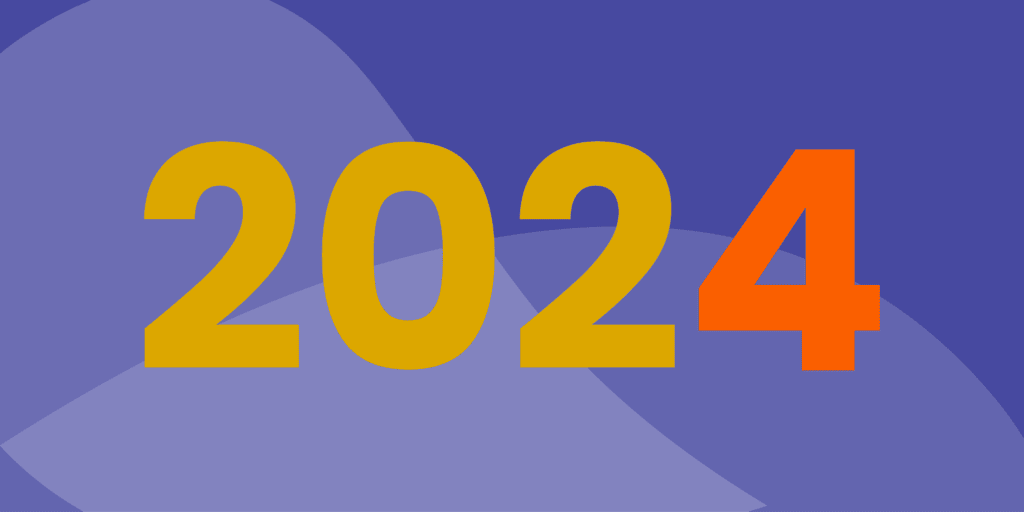Return to Office Essentials Driven by Tech, Fun, and Empathy

“The great return” comes for all of us: employers want to see their teams return to the office. Yet employees don’t want to come back to the office on pre-pandemic arrangements.
Sure, we missed a lot about the office workspace during the pandemic. However, many also enjoyed the work-life balance that they managed to build for themselves by working remotely.
This is something to be considered by HR executives because it can help introduce return-to-office plans that make teams happy.
So let’s explore the return to office essentials that make it easy and fun for executives and employees to reunite.
Return to Office after COVID Puts Safety First
Through the surges of COVID-19, we have learned and adopted virus and infection prevention measures rarely practiced before. Indeed, we are happy to remove our masks and hide the measuring tape with 2 meters marked when the restrictions are lifted and the COVID-19 spread is down. Still, many find themselves re-thinking their daily routines, for example, washing hands and using sanitizer more often and, in general, being more diligent with vaccinations.
People want to feel safe, both during a pandemic and in-between surges. So no matter the return-to-office policy, safety should be at the core of it. Even with more simple measures like putting sanitizer in multiple spots around the office, understanding employees and being empathetic leads to a healthy workplace and proper course of operations.
We recommend that HR managers and other leaders keep communicating with individuals and groups to discuss the traditional and innovative disease-control measures. In addition, it is helpful to use clear, uncomplicated language, humor, and various visual aids to educate employees on the importance of disease prevention practices, caution, and an overall healthy lifestyle.
Now that we navigate the idea of a pandemic more efficiently, it is time to get back into the routine and build upon what we’ve learned. And even though we can enjoy a restrict-less world, it is our responsibility that companies are prepared for future outbreaks.
Give Your Employees Reasons to Come Back to the Office

People want their time to be well spent. They don’t want to spend hours in traffic or noisy public transport to come to the office and do the tasks that could be easily done when working from home.
Live collaboration is the main reason people want to get back to the office. So it is a huge disappointment when the company forces return to the office but fails to nurture collaboration. The solution is to give employees the tools needed for flexible work and find out the ways they want to collaborate.
Hybrid Work Model is the Right Answer to Return-to-Office Challenges
People increasingly want to work flexible hours, including those who work from home. A combination of in-office and remote work effectively incentivizes employees to return, with 60% of office workers opting for hybrid work. Hybrid model is the future and the return-to-office essential solution.
Most hybrid work models will have some form of collaboration and communication involving physical presence. The standard has become three or two in-office days a week. Yet, consider company culture to build a realistic model for your team. For example, you might need to introduce fixed office days, or, on the contrary, you might find free-opt in-office days the most productive for your team’s success.
Using data, you can develop flexible workplaces for all teammates. You can see when they like to be in the office and the number of days they tend to work remotely. Then, when you want to return to the office, you can develop a flexible plan for each employee.
You can build a hybrid work model that nurtures collaboration and creativity by learning to understand your team’s needs and habits. For instance, teammates want to meet in the office, so you want them to come in on the same day. Then, use data to propose the best possible model so that it’s a win-win situation. People will be happy with the flexibility and collaboration, and company leaders will be satisfied with the team’s productivity.
Discover in-depth advice from Hubtobee on organizing a post-COVID hybrid work office in our article on this topic →.
Good Workplace Design Comes First Among the Return-to-Office Essentials
If you haven’t done it before, it is time to change the office space design. Here, simple changes can make a world of difference. For example, you can transform your office into a hub, allowing people to use their time most effectively, communicate well and take the most out of their office days.
Be creative: design a hub to look like a living room, with a kitchen, large sofas, tables, a piano, and a pool table. Weave in quiet meeting rooms. Place an air purifier. Bring in healthy snacks. And, most importantly, use most of what cutting-edge technology can offer.
Technology is there to serve you, and you know it: if it’s easy to use, then it’s right. So while it can be hard to settle on one work management tool among the many proposed by the market, there are things to consider to make the best choice:
- Explore if a work management tool fully integrates into HRIS currently in use;
- Ask if it’s secure and GDPR-compliant;
- Test for yourself: how customizable the tool is, and does it have what you need, e.g. desk or meeting room reservations, shared calendar of work organization, dashboard with aggregated data on space, and work-from-home usage;
- Don’t forget to check if it’s easy to use for you, managers, and employees.
Ultimately, you want your team to feel good about coming to work. You want them to know that there is a wholesome place for collaboration and creativity, where they can be themselves and even have a little fun outside their daily deadlines.
Nurture Relationships to Develop Collective Intelligence
Collaboration of your teammates relies on the strong relationships they build. For some, remote work and thus online communication with their peers feel like the best approach. Yet this distance diminishes the office synergy and collective intelligence that can only grow in live interactions.
To feel more connected to their colleagues, 36% of employees believe that they need “more workplace mandated events (meetings, seminars, etc.)” and 28% require “more in-person based activities” (happy hours, office parties, etc.), as the Human Workplace Index shows.
Again, consider your company culture. For example, how did your teammates spend time together before the pandemic? How can these practices be returned if only part of the team is present in an office? Introduce variations of well-known office events for your team.
To nurture personal relationships in your team, list the names of teammates in order of those with the most one-on-one meetings: these people probably like to work in pairs. So allow them to request office days together. They work together best and become the core of any office event you suggest.
Reuniting coworkers for the first time in almost two years is a serious and fun business! Among the return-to-office essentials, this is a sneaky one that actually pushes your company forward and encourages employee personal development.
How to Properly Communicate Return to the Office
Just don’t do it like Elon Musk, who presupposed that remote staff only pretend to work.
Since the first waves of COVID-19, people know that employers can appreciate their work from afar. Presence in the office full time is not a quality measure of work. Returning to work in the office is a great way to mingle, exchange ideas, and collaborate. Share the value of your interactions with them and the benefits of returning to the office, not your elusive desire to control.
The key to the return-to-office transition is communication. First, communicate the plan and its details clearly, establish the target date, and let employees know that the company is doing everything possible to bring them in as efficiently as possible.
Remember that people have to adjust their lifestyle to come back to the office. These adjustments might be harsh for many, especially those with children, and harm their well-being and productivity. So communicate with them and to them in a concise and timely manner.
Addressing Refusals to Return to Office
Last but not least, you can’t force employees that refuse to return to the office. The only reliable way to bring them back is to create an environment where they want to return and address return-to-office questions they have. They are a valuable source of information as well. Listen to your employees and use their reasons to tweak the system you’ve built to be practical and helpful to everyone.
Your response to the team shows everyone in the company that you were there to support their aspirations and to find the best model to make people happy and productive while keeping your company thriving.
Well-done Return to Office Nurtures Impactful Collaboration
“The great return” to the office can be a blessing and a curse. But, while it might look like a challenge and a problem, it brings new opportunities.
So, focus on your company policy and the things that matter the most: safety above all, opportunities for collaboration, relationship building, and proper communication. Will your policy allow employees to use their time productively? Will they feel safe? Will they feel like they are part of a team?
Employee collaboration is the most important thing, as they are the ones experiencing the most significant changes and having the biggest impact on your business. When done well, the return to the office feels easy and fun for both employees and the company.
To get more tips on how to organize a successful return to the office, download our HR guide here →.




